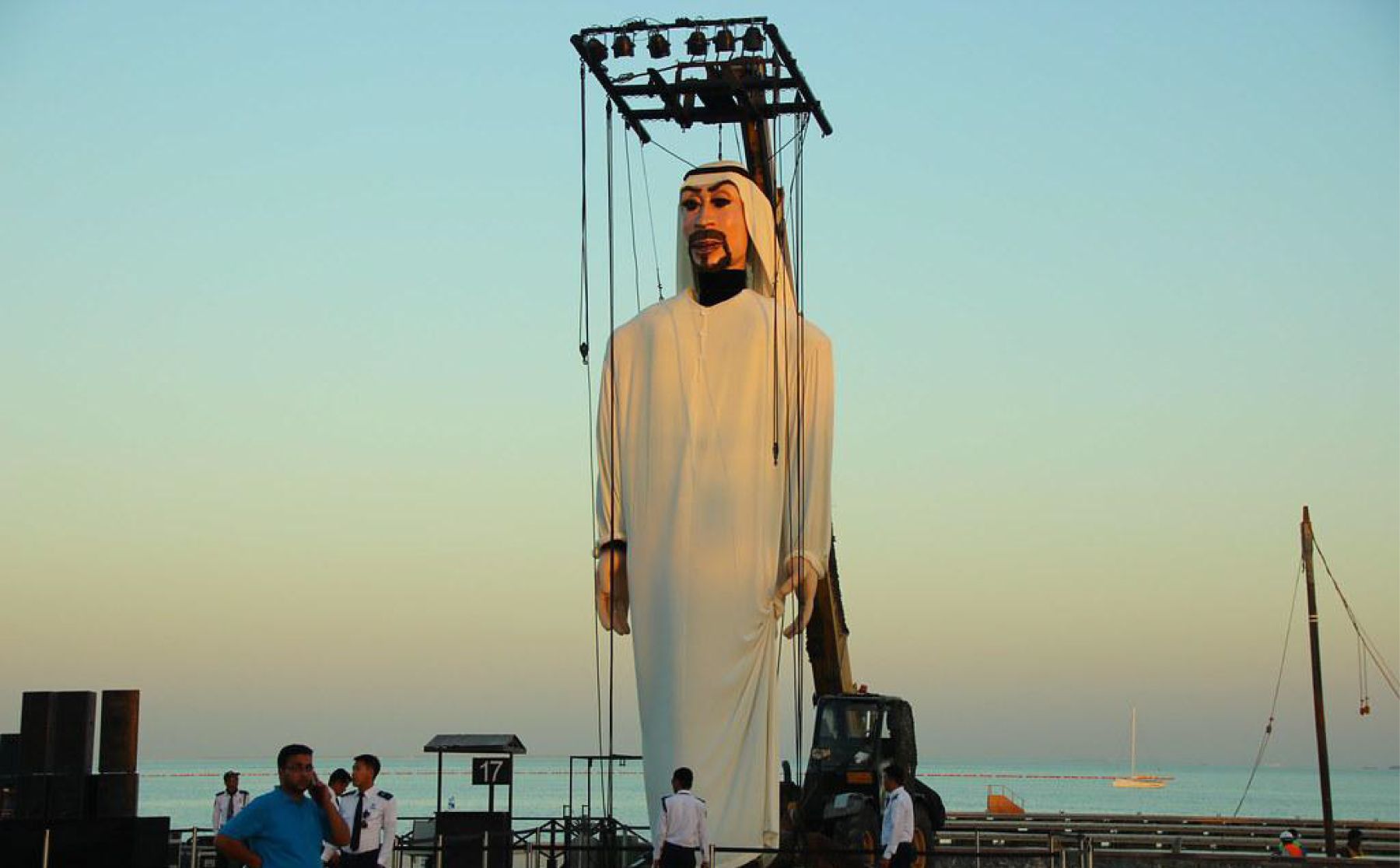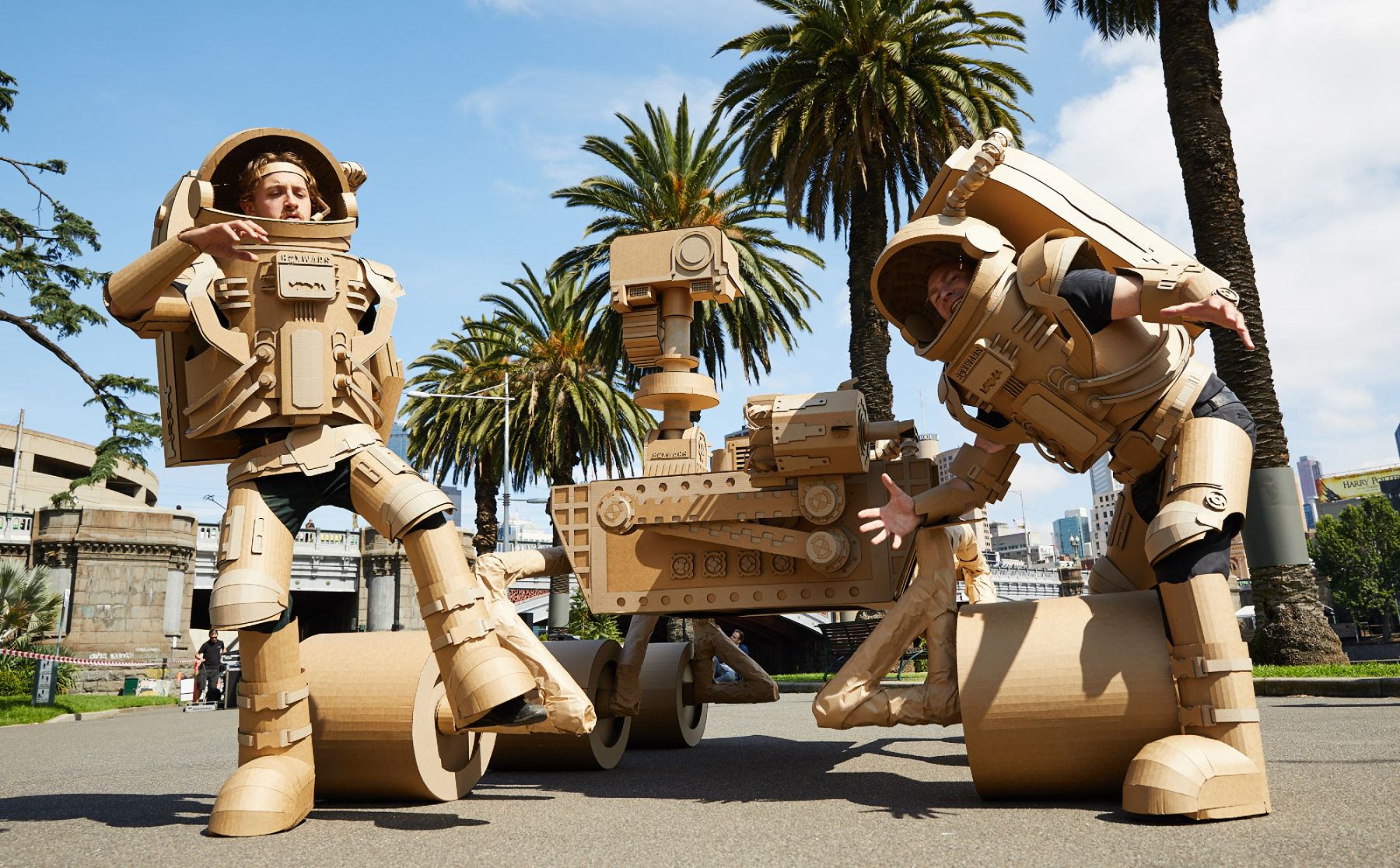The Lifelong Learner Who Reached for the Stars
This month the world marks 60 years since the first human being blasted into space. On April 12, 1961, Yuri Gagarin became the first human being to orbit the earth and see the planet from above. His journey was an epic milestone in human history and showed how quickly technology had advanced from the flimsy aircraft of the beginning of the 20th century to the rockets which could take people towards the stars.
Yuri Gagarin was a most unlikely hero. He was short, just 157cm, and some of his colleague and supervisors found him to be shy. He had a turbulent start in life with his education being disrupted by a war which also saw his home destroyed and his two older siblings deported for slave labor. They were assumed dead until they were rescued towards the end of the conflict.
The tumult and disruption meant he was mostly self-taught. He learned to read from a discarded military training manual and later signed up for night classes while he worked in a steel factory during the day. He impressed tutors with his ability in complex math and physics.
Most of all he wanted to fly. But his height was a problem. He was so short he could not easily see out the canopy and had problems landing the aircraft. His training career was saved by a cushion with a sympathetic instructor gave him to help see out the window. He passed the tests and then was selected for space training.
This time his short stature was a help. The rocket design meant that no-one taller than 170cm could be chosen.
The technology which launched Gagarin into space was primitive by modern standards, but it shows what can be achieved through rigorous application of math and physics. The scientists had none of computers or compact circuits which are available today. Calculations were checked by hand, and the electronics were bulky and prone to failure.
The team had to calculate how to get him into space and back safely despite this never having been done before. While the space scientists had put animals, especially dogs, into space, not all the attempts had succeeded and the effects of space flight on the human body were not understood.
The scientists were also worried about what might go wrong. Before Gagarin’s launch, almost half the rockets launched by their space program had failed.
But on April 12, 1961, at 9:07 am Moscow time, the rocket launched from Baikonur. He orbited the earth just once before coming down. He arrived in a field and was met by a bemused farmer and his daughter who could not understand why person had fallen from the sky in a strange metal ball and a space suit. Gagarin had to ask them not to be afraid and to find him a telephone so he could call his mission control.
Gagarin became the most famous man on earth in the wake of the first space flight. Scientists analyzed his condition and quizzed him about the effects of weightlessness and the physical effects of being in orbit. He wanted to return to space, or at least to flying, but his bosses were worried for his safety. Their worries were sadly confirmed when Gagarin died in a flying accident in 1968 aged just 34.
We can reflect on how much life and technology has changed. We make use of space technology every day when we access navigation apps in our phones or check the weather forecast. We use data from satellite analysis in everything from tracking pollution to archaeology.
But the efforts which led to so much progress are from deeper human qualities. Gagarin got to space through learning. In a world of learning apps, state-of-the-art classrooms and gleaming school libraries, it is sobering to remember that Gagarin practically taught himself how to read and then attended night classes in math after a long shift in a steel plant. He never stopped learning. And his flying career was saved by something as high-tech as, a cushion.
By Murdo MacLeod








